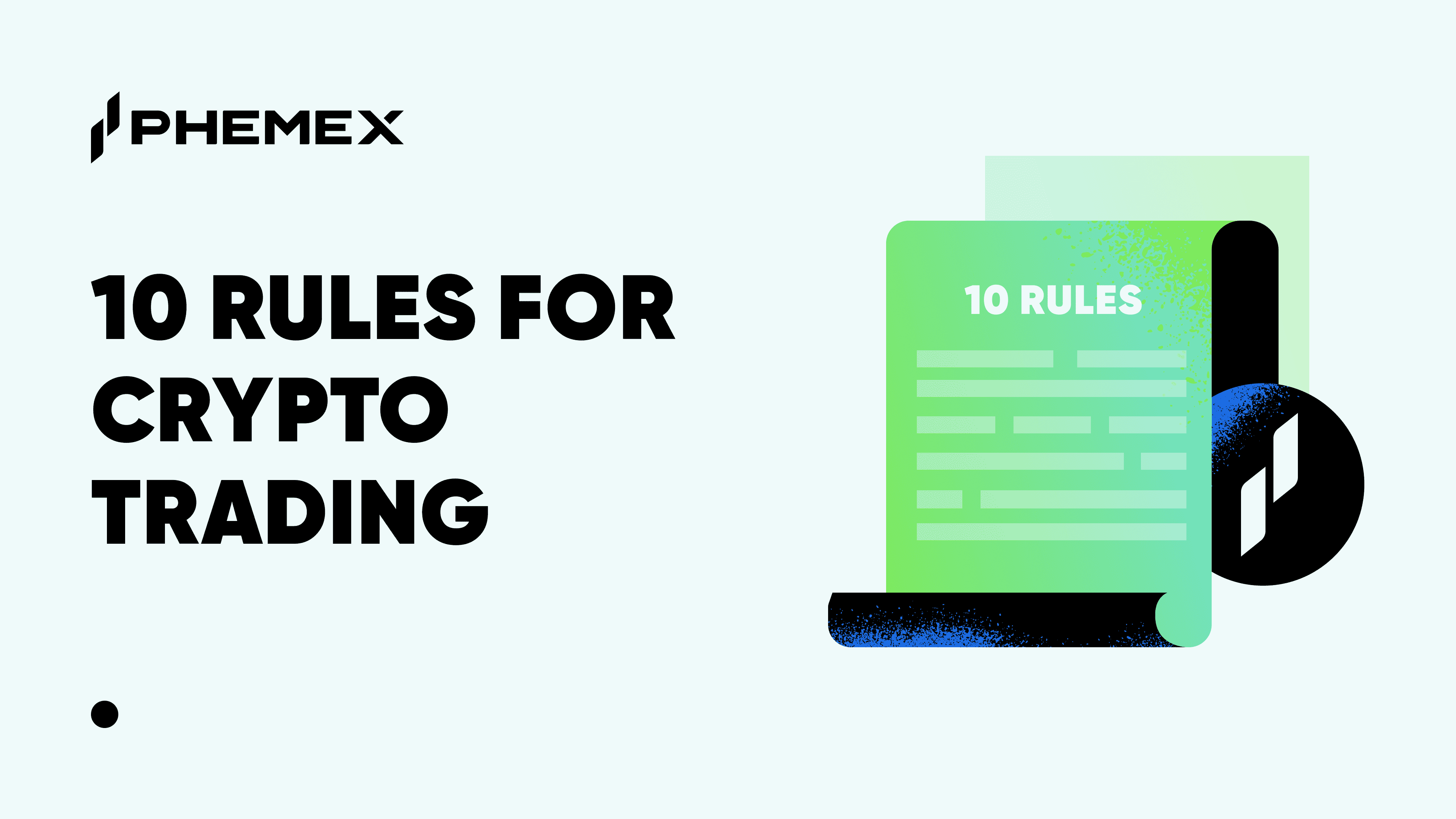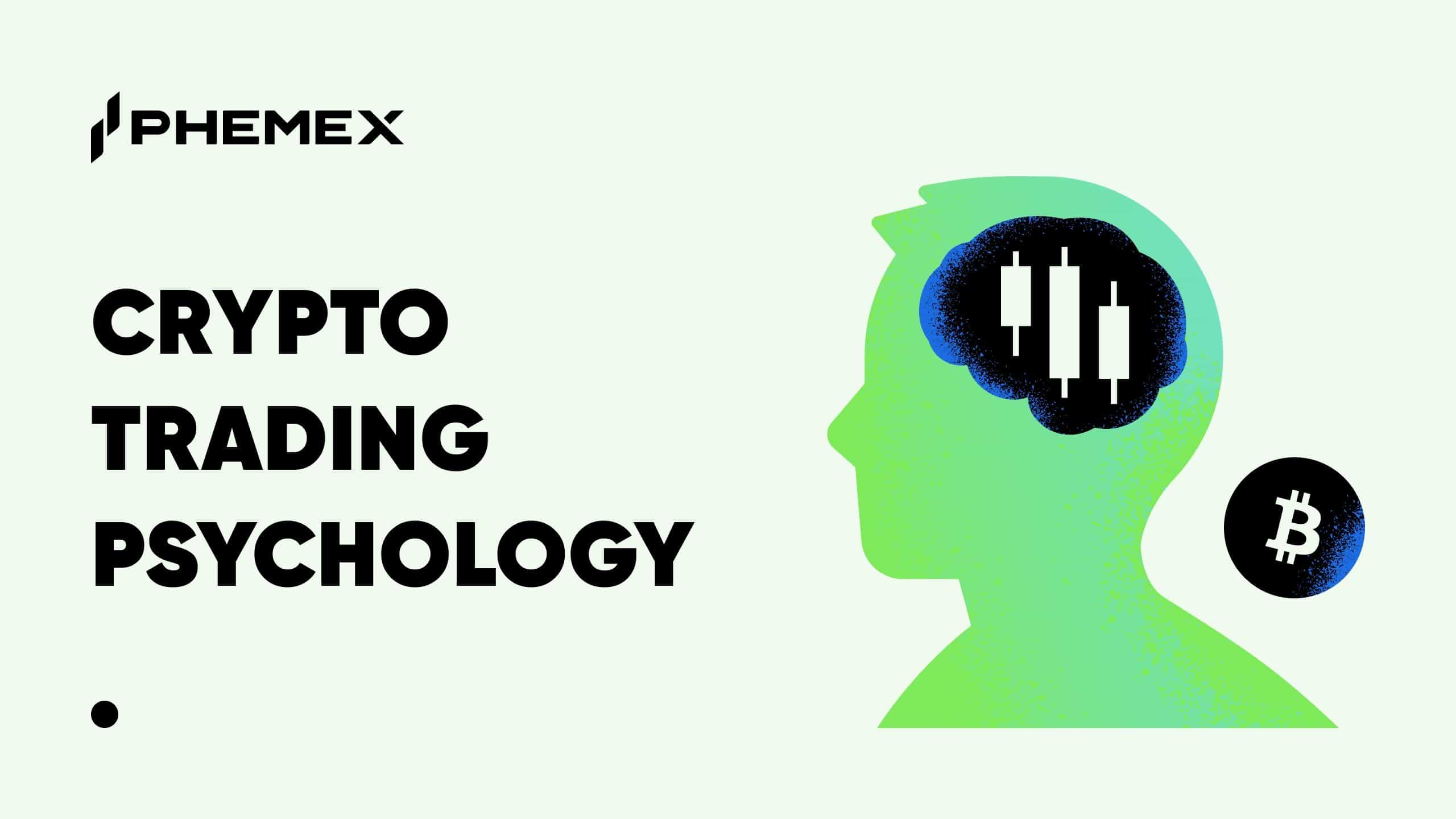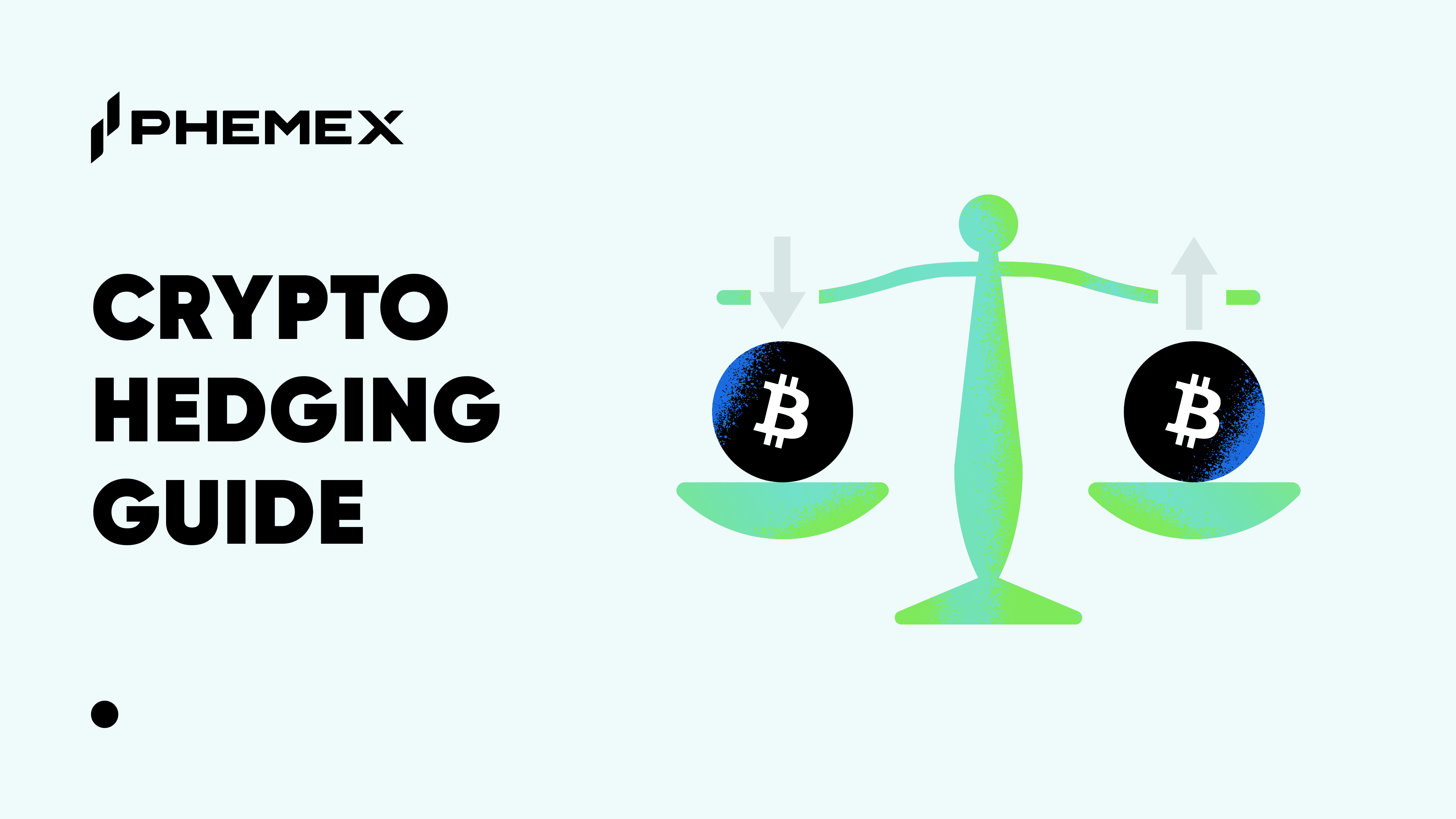Traders are always looking for efficient ways to have multiple trades on the go without opening themselves up to unnecessary risks or missed opportunities. Limit orders are a great way to help in this regard, but for those traders looking for additional security checks and increased chances to lock in profit, there is something even better — bracket orders.

What Are Bracket Orders?
A bracket order is a market order used by traders to limit possible loss and lock in profits. This is done by “bracketing” their original order with a limit order either side of their primary order (PO). Limit orders are already recommended in all trading as a safety measure, with stop loss orders being a key limit order type. Limit orders are simply orders that are triggered when an asset’s value hits a pre-set value, and are thus invaluable for traders carrying out multiple trades at once. Bracket orders make use of these attributes two-fold.
Usually, a bracket order is constructed as follows, although on occasion a trader may use another limit order in place of a primary order:
- Take profit (TP) limit order: This limit order is placed to execute or exit the market at a desired price (at a lower value for short trades and at a higher value for long trades) and is primarily designed to lock-in profits. This kind of automated order ensures the desired profit (so long as the asset hits the pre-set value), as it is automatically triggered when the asset’s value hits the desired cost.
- Limit order, or primary order (PO): These orders are the primary orders set up by the trader. Once the primary order has been filled, this will then trigger the orders either side of it: the TP order and the stop loss (SL) order. If the PO is not completely filled, then the limit orders either side will not be triggered, meaning that the currently held assets are protected.
- Stop loss (SL) limit/market order: This automated order is placed in the position of loss (at a higher value for short trades and at a lower value for long trades) and is primarily designed to limit possible losses. This kind of automated order ensures a limit to loss should the value go against the trade, as it is automatically triggered when the asset’s value hits the highest pre-set point of loss tolerance.
Using bracket orders means that a trader can set their trade and exit strategy in one go. This makes it easier to place multiple trades, protect profits, and reduce losses, and means that the trader does not have to be glued to the screen to do it.
2 Types of Bracket Orders in Trading
Trading is comprised of trades going in both directions: short trades and long trades. To cater for this, there are two types of bracket order in trading:
- Buy bracket order or bracketed buy order: This order, named “buy” because the PO will be a buy order, is used for long trades. The PO order will be a bracketed above by a sell limit order and below by a sell stop or stop loss order. In this way the sell limit order will act as the point of maximum expected profit, meaning that it will lock in those profits by selling should the expected price be hit. The sell stop order or stop loss order, meanwhile, will minimize potential losses by selling before the price sinks too low.
- Sell bracket order or bracketed sell order: This order, named “sell” because the PO will be a sell order, is used for short trades. The PO will be bracketed above by a conditional buy order and below by a buy limit order. In this way the conditional buy order will automatically buy before the value increases too much, resulting in minimal losses (since the trader is buying back the assets for only a little more than they sold for). The buy limit order, meanwhile, will lock in profits at the pre-set point by the trader — with the trader buying at a much lower value than what they sold for and therefore earning a profit.
Why Use Bracket Order in Trading?
Bracket orders are invaluable in trading, as by employing multiple limit orders not only can a trader mitigate loss and help guarantee profit (in so much as that is possible), but they can also protect their primary order — if the PO is filled but the value does not reach either limit order, then the trade and its value are protected. If the PO is not filled, meanwhile, then the limit orders will not be triggered, meaning that the trader will not be selling off or buying assets at prices they do not want.
Traders will not only use bracket orders in crypto and other digital assets, but they will also employ them in trading securities and other traditional centralized financial trades. Using a bracket order in commodity trading has been common since before the dawn of crypto.
Bracket Order in Commodity Trading
Bracket orders are not solely used in stocks, shares, and crypto, they are also used in commodity trading. This type of trading, however, has quite a different process.
Commodity trading is the buying and selling of raw materials and primary agricultural products, such as gold, silver, wheat, rice, rubber, crude oil, natural gas, and more. As these are physical goods, the trades are usually made to protect buyers and sellers from price changes in the future — these trades are called futures. For example, a farmer can sell his harvest on a commodities exchange for a set price, even though his harvest will not be ready for another seven months. Likewise, a breakfast cereal manufacturer can purchase the harvest for a set price and receive it seven months later. In this way, both buyer and seller have a guaranteed supply for a guaranteed price in the future, thereby protecting their business. Other traders will also trade in futures as an investment, trying to make a profit by reading the market and buying and selling at the right time.
To use a bracket order in commodity trading, a trader cannot use a decentralized exchange (DEX), and instead must use a centralized commodities exchange, such as the Chicago Board of Trade. These types of exchanges use various types of derivatives contracts based on these commodities, such as forwards, futures and options, as well as spot trades (for immediate delivery).
For these types of trades, a trader will usually use a broker or brokerage site where the trader can specify that he or she would like to use a bracket order in commodity trading. It must be noted, however, that as commodity exchanges have trading hours, a bracket order is not 100% effective. If there is a big shift in price during closed trading hours, the bracket order may not be triggered.

Bracket Orders vs. Cover Orders
One order often confused with a bracket order is the cover order. Both these orders are used to mitigate risk, and both utilize multiple orders at one time, but the key difference is that a bracket order places multiple orders to mitigate risk and maximize chances of profit, while the cover order is used to cover one’s trade — to cover, or protect, oneself. The key differences can be seen below:
- Bracket order: Utilizes three orders at once to bracket the primary order and decide both the stop-loss levels and the exit of the same trade.
Bracket order = primary order + stop-loss order + take profit order. - Cover order: Utilizes two orders — a primary order and a stop-loss order. In this way, a trader will place a buy/sell limit or market order and then a compulsory stop-loss order is added within a specified range for protection. One key difference to the bracket order is that take profit orders are not available in cover orders.
Cover order = primary order + stop-loss order.
Advantages of Bracket Orders
This order type makes it relatively easy to input trades based on the trader’s ideal and desired return profile. A scalper that is looking for a 2:1 trade is going to find it very easy to enter this in when inputting the stop and take profit. Some examples of how to effectively use bracket orders for different situations include:
- In a tight range? Input a bunch of bracket orders with 20 tick take profits and 10 tick stops — they are automated orders after all, so there is no limit to how many you could have running at one time.
- Feel like trying your hand at market-making? Open orders to sell and orders to buy right around the spread with just a few ticks to take profits on each side.
Overall, the bracket order template is something that can help traders not only be more effective and efficient, but also make more money in the long run.
Disadvantages of Bracket Orders
It should be remembered that these limit orders require research. One of the disadvantages of bracketed orders, is that once they have been placed, they cannot be modified, only cancelled. If a trader lacks an understanding of bracket orders, or simply did not do a thorough job when carrying out their technical analysis, they may lose out on opportunities for profit or sustain heavy losses.
- If a take profit order is set too high, the asset’s value may reach high but not high enough to trigger the order. In this case, the trader will have lost out on locking-in the profit from the high of the asset’s value.
- If the trader does not fully understand bracket orders and sets their stop loss too low, they could stand to take on great losses.
- If the trader sets their stop loss too high, the natural fluctuation of the asset’s value may trigger the stop loss order before then increasing, resulting in a loss instead of a profit.
How to Place a Bracket Order?
Let’s use Phemex platform for this demonstration. Phemex was the first crypto derivatives exchange to offer a Bracket Order. Phemex saw this type of order setup as not only beneficial for taking the friction out of trade execution, but also because it puts traders in an ideal position to help with market making and earning limit rebates. During periods of compression, ranging, and consolidating price action, traders can envelop the price with multiple bracket orders to scalp small movements and collect rebates.
Placing a bracket order on Phemex is simple. Additionally, for those looking to practice before trading with this order type in real life, Phemex offers a free live simulator. To start trading on Phemex, you must first set up a Phemex account:
- Sign up for a Phemex account, using a valid email address and password.
- To place an order you need to buy crypto, or deposit crypto or fiat currency (like USD, for example) into your account. You can select to pay using a credit card or bank transfer.

Following this, it is time to set up your bracket order:
- Search for your selected cryptocurrency or cryptocurrency pair under “Select Market” at the top left of the screen.

- Once selected, go to the left column titled “Place order,” and simply select “bracket order” — which can be found under “limit” for limit orders.

- As with any trade, specify your maximum buy price, as well the contract amount per trade.
- Next, head down to the take profit (TP) and stop loss (SL) order sections in the same column. Remember that these may differ depending on whether you are looking to short or long a trade.
- In the TP and SL boxes, specify how many ticks you would like to set your limit orders to. These ticks represent how much profit you would like to lock-in on your trade and what your tolerance to loss is — remember to do your own technical analysis so as to choose a realistic value and avoid heavy losses or missed opportunity. Each tick usually represents $0.50 on Phemex.
- Click on “Buy Long” or “Sell Short” and wait for your trade to go through. As an automated order, you can walk away in the knowledge that should the value hit your pre-set values, your order will be triggered automatically.
- Your open order will appear at the bottom of the screen.

How To Use Bracket Orders Effectively
For this example, we will go over how one might trade a period of choppy price action that looks to be setting up for a ranging environment. Something that looks a lot like the image below.
The price is stuck within and around a 60$ range. This is a perfect opportunity to use the bracket order feature.

First, make sure the ‘Bracket-Order’ is selected. This is located under the limit order template as the default setting is going to be limit order execution. Remember, the purpose of this order type is to be able to get precise passive fills and a maker rebate compensation.

Next, we are going to choose our bracket order take-profit (A), stop size (C), as well as stop execution type (B). This is done by tick size, which on Phemex is .50 cents USD for Bitcoin. We are also going to be choosing our stop execution type as well. As a reminder, with stops, a market stop is the only stop that will guarantee execution. If you are trying to market make in a range, and price begins to trend, being taken out of that trade is a priority.

After finalizing the details of our bracket, we are now going to place an order in a similar way to how we would normally do so by choosing the price and contract amount per trade. Except now, we have the added benefit of being able to place both buy and sell orders that are open at the same time and that do not conflict with each other.
In this case, we are going to choose limit entries that “bracket” the current range. In the image below we have staggered orders around the range. You can choose to stagger orders or place multiple orders at the same price level.

Note that each one of these orders is a separate order and will be organized as such in the “active orders” tab.

Each of our trades, when triggered, will not affect the other open bracket positions. This is the perfect order type to use when the price is choppy and moving sideways during low volatility periods.
If there is no conviction in direction, take advantage of one of the added benefits of being a market maker by remaining directionally neutral and collecting a maker rebate!

Conclusion
Bracket orders are tools that should not be missed out on by any serious trader. Not only do they allow for a good degree of automation, meaning that traders can have multiple trades going on at once and in the background, but they are also great ways to lock-in profits, even when the direction of the market is unsure. Traders in cryptocurrency, as a particularly volatile market, benefit greatly from the use of bracket orders. Having said that, these orders require some knowledge and a certain amount of technical analysis beforehand, or they may lose out on great profit-making opportunities or suffer losses.
As with any trading tool, bracket orders require a degree of analysis and understanding on part of the trader. This is made much easier with platforms such as Phemex’s free trading simulator allowing for risk-free practice. Once a trader understands how to use them, however, bracket orders will undoubtedly become a key component in their trading tool kit.
Read More
- What are Market, Limit and Stop Orders: Basic Order Types Explained
- What is Limit Order & How Does it Work?
- Bitcoin Order Book Trading: Everything you Need to Know
- What is an OCO Order: OCO Bracket to Place Two Orders
- How To Trade Crypto: The Ultimate Investing Guide
- Margin: How to Increase Your Buying Power and Trading Profits
- How to Take Profits in Crypto Trading
- Buy Low, Sell High Crypto: 4 Things To Do (3 To Avoid)









